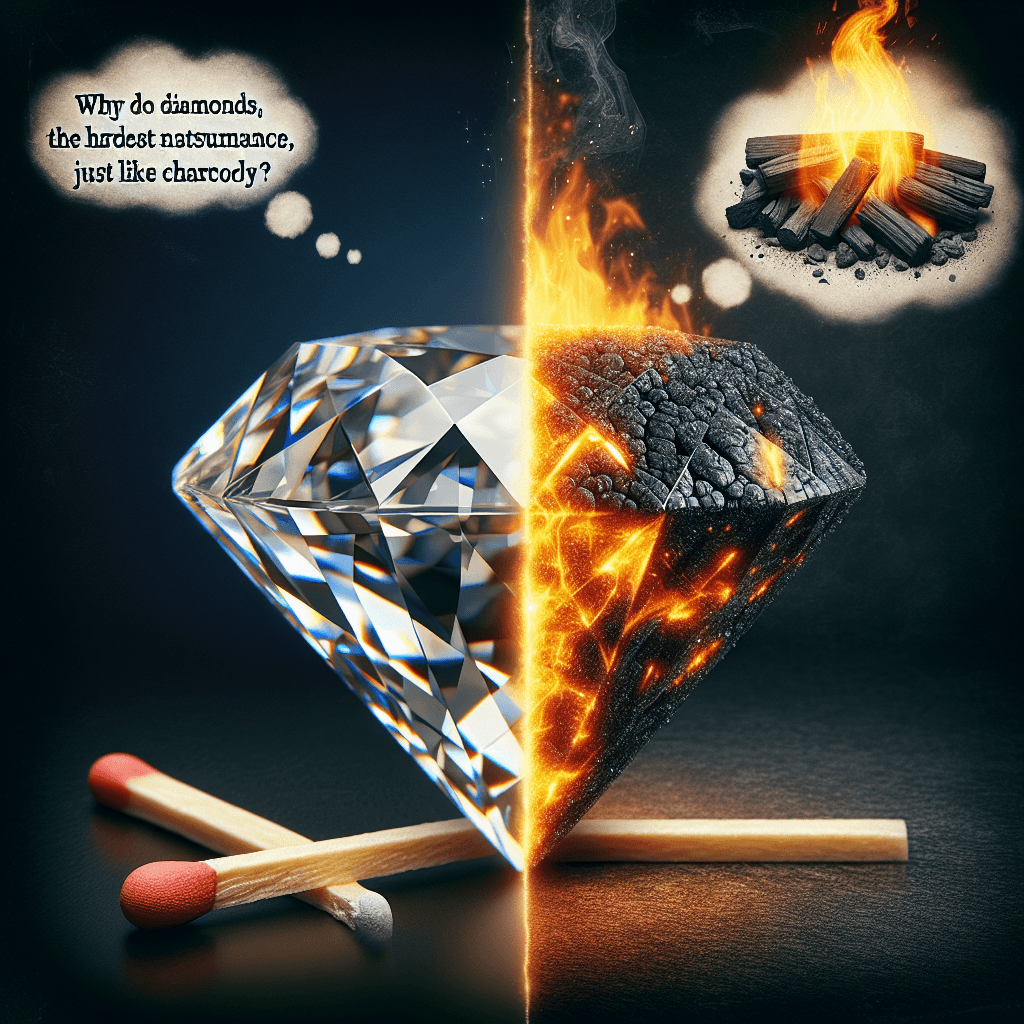Why do ships masts sometimes glow with a ghostly blue-green fire during a storm
It’s a sight that haunted ancient mariners—a ghostly, blue-green fire dancing on the mast during a storm—and the spectacular science behind this eerie glow is even more fascinating than the legend.


Too Long; Didn't Read
The glow is St. Elmo's Fire, an electrical discharge, not real fire. During a storm, a powerful electric charge from the atmosphere builds up on the mast's sharp tip, causing the surrounding air to light up as a glowing plasma.
St. Elmo's Fire: The Science Behind Why Ships' Masts Sometimes Glow with a Ghostly Blue-Green Fire During a Storm
Imagine you're a sailor centuries ago, navigating treacherous seas as a violent storm rages. The wind howls, waves crash over the deck, and in the eerie darkness, a ghostly blue-green light begins to dance at the very top of your ship's mast. To ancient mariners, this ethereal glow was a supernatural omen, a sign from the heavens. For centuries, it was a source of both awe and fear. Today, we know this spectacular phenomenon is not a ghostly apparition but a fascinating display of atmospheric physics. This post will demystify the legend and explore the science behind St. Elmo's Fire.
Unmasking the Ghostly Glow: What is St. Elmo's Fire?
The strange light that captivated and mystified sailors is known as St. Elmo's Fire. It’s named after St. Erasmus of Formia, the patron saint of sailors, who regarded its appearance as a sign of his protection. Despite its name, it is not fire at all.
St. Elmo's Fire is actually a weather phenomenon known as a corona discharge—a continuous electrical spark that creates a glowing plasma. Plasma is the fourth state of matter, a superheated gas where atoms have been stripped of their electrons. This luminous plasma typically appears as a bright, dancing glow around tall, pointed objects during thunderstorms. It can be blue, green, or violet and is often accompanied by a distinct hissing or buzzing sound.
The Perfect Storm: How Science Creates the Ethereal Light
The creation of St. Elmo's Fire requires a very specific set of atmospheric conditions, most commonly found during a thunderstorm or volcanic eruption. Here’s a step-by-step breakdown of how this natural light show is produced:
- A Powerful Electric Field: During a thunderstorm, the air between the storm clouds and the ground becomes a massive electrical field. The base of the thundercloud is typically negatively charged, which induces a strong positive charge on the surface of the Earth—or sea—directly below it.
- Charge Concentration: This positive electrical charge is drawn towards the highest points in the area. On the open sea, the tallest object is often a ship's mast. The charge accumulates and becomes intensely concentrated at sharp points, like the tip of the mast, a flagpole, or even a church steeple.
- Air Ionization: As the charge builds, the electric field at the tip of the mast becomes incredibly strong—strong enough to tear electrons away from the gas molecules in the surrounding air (primarily nitrogen and oxygen). This process is called ionization.
- Creating Plasma: The air around the mast tip is now a mix of positively charged ions (molecules that lost electrons) and free electrons. This electrified gas is plasma.
- The Ethereal Glow: The "fire" is the light emitted when these free electrons recombine with the ionized molecules. As they reconnect, they release their excess energy in the form of photons, or light particles. The specific color of the glow depends on the gases being ionized. The blue-violet hue of St. Elmo's Fire is typically due to the ionization of nitrogen and oxygen molecules in our atmosphere.
So, while it may look like the mast is on fire, it's actually just the air around it that is glowing.
More Than Just a Sailor's Tale
St. Elmo's Fire isn't exclusive to the sea. It has been observed in many different places where sharp objects interact with a powerful electric field.
- In the Air: Pilots often report seeing St. Elmo's Fire dancing on the wings and propellers of their aircraft or across the cockpit windshield when flying through or near thunderstorms.
- On Land: It can appear on church steeples, lightning rods, and even on the horns of cattle in a field during a storm, an observation recorded by ancient Romans like Pliny the Elder.
Is it dangerous? The glow itself is harmless and is not nearly as hot as a real fire. However, it is a definitive sign that the atmosphere is highly charged and that conditions are right for a lightning strike. So, while the phenomenon itself won't hurt you, it serves as a powerful warning to seek shelter immediately.
Conclusion
The ghostly blue-green fire on a ship's mast is no longer a mystery or a supernatural omen. It is St. Elmo's Fire, a beautiful and tangible display of the laws of physics. Caused by the creation of plasma in a strong atmospheric electric field, it’s a striking reminder of the immense power hidden within a storm. The next time you read a historical account of a glowing mast at sea, you’ll know that the sailors weren't seeing a ghost, but rather witnessing one of nature’s most enchanting electrical displays.
More Articles

Why do diamonds, the hardest natural substance, burn just like charcoal?
You've been told a diamond is forever, but the world's hardest gem shares a fiery secret with a common piece of charcoal, allowing both to vanish into thin air.

Why do some bridges mysteriously sing or hum loudly on windy days?
That eerie hum isn't just the wind; it's the bridge itself singing a powerful song of physics that can sometimes be a warning of catastrophic failure.

Why do brand new car tires often have small colored dots painted on their sidewalls?
Ever noticed those mysterious colored dots on a fresh set of tires? They're not for decoration—they're a secret code from the factory that's essential for a perfectly smooth and balanced ride.